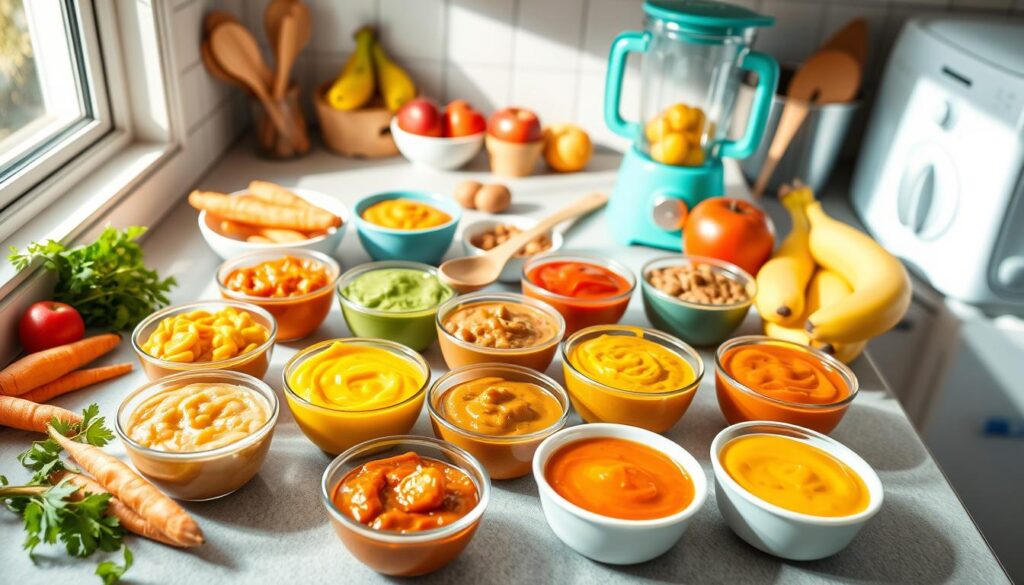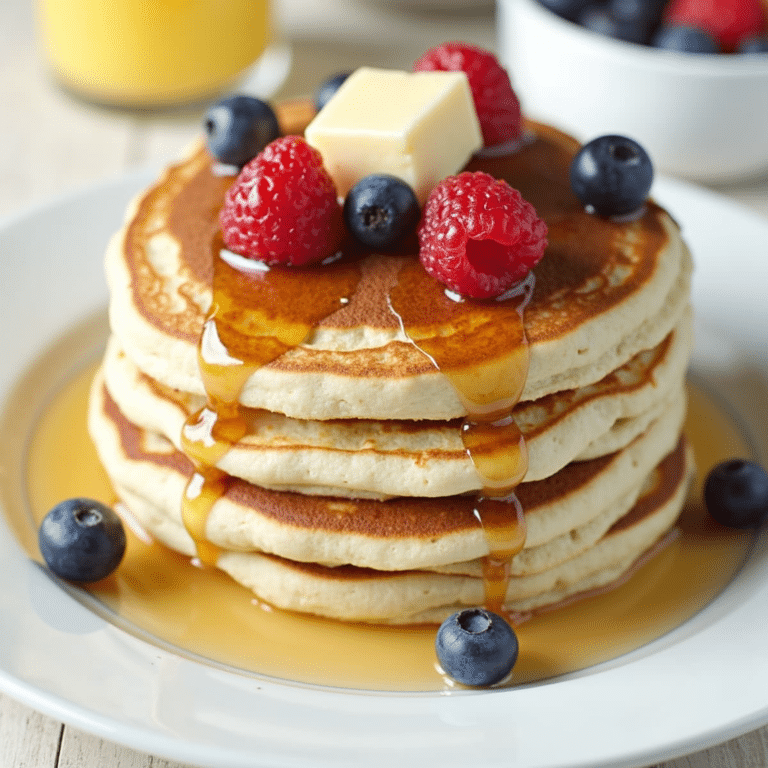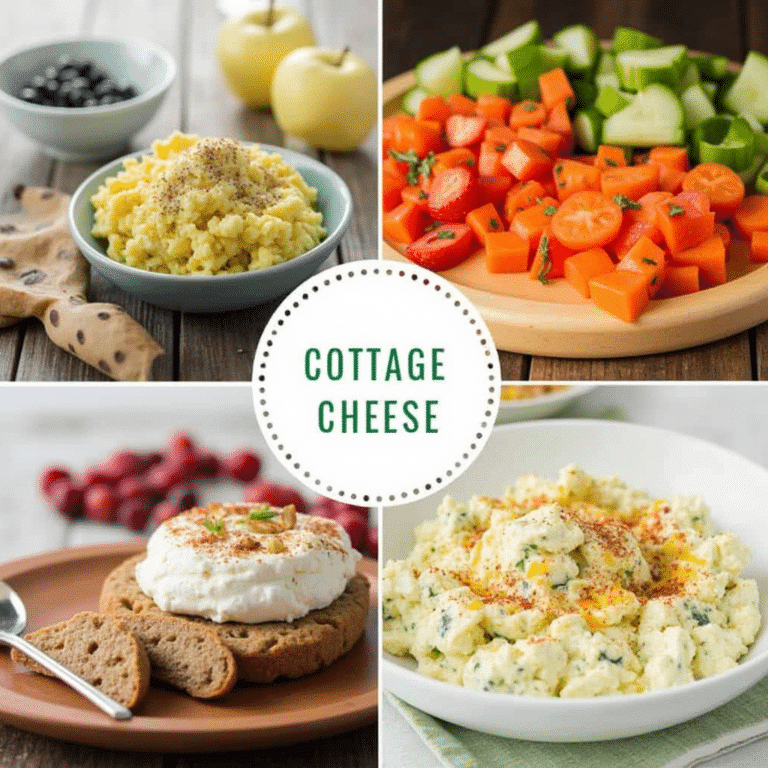Start making homemade baby food that’s fun and healthy for your little one. This guide is perfect for new parents or those with experience. It shows you how to make tasty, nutritious meals that your baby will love.

Key Takeaways
- Discover the benefits of making your own baby food, including fresher ingredients and cost-effectiveness.
- Learn essential tools and techniques for preparing nutritious purees and finger foods.
- Explore a variety of stage 1 baby food recipes, from smooth and creamy to flavorful and textured.
- Gain tips on introducing new flavors and textures to your baby’s diet.
- Understand proper storage methods for homemade baby food, including freezing and portioning.
The Benefits of Homemade Baby Food
Preparing your baby’s food at home has many benefits. It can greatly improve your baby’s health and well-being. By making homemade baby purees, you ensure your baby gets the most nutrients from their food.
Fresher Ingredients for Maximum Nutrition
When you make your own baby food recipes, you choose the best ingredients. You pick the freshest, most nutritious produce and meats. This way, your baby gets more vitamins, minerals, and other good stuff for growing strong.
Cost-Effective and Convenient
Homemade stage 1 baby food is also good for your wallet and saves time. You can make big batches and freeze them for later. This means you can give your baby healthy meals without spending a lot or wasting food.
Feeding your baby homemade food is more than just saving money. It helps build healthy eating habits for life. It also supports your baby’s growth and development.
Essential Tools for Baby Food Preparation
Preparing homemade baby food is a rewarding task for parents. It requires a few key tools to make it efficient and fun. Whether you’re making baby food recipes, homemade baby purees, or organic baby food recipes, the right equipment is crucial. It helps ensure your baby gets the best nutrition from their meals.
Start by getting a high-quality blender or food processor. These tools can quickly turn fresh fruits, veggies, and whole foods into smooth purees. Your baby’s sensitive stomach will thank you. Choose models with different speed settings and durable construction for easy use.
You’ll also need sturdy storage containers for your baby food. Opt for reusable silicone or glass containers with tight lids. They keep your purees fresh and safe from contamination. Ice cube trays are handy too, allowing you to serve small portions that thaw easily.
With these tools, you’re ready to make a variety of tasty and healthy baby food recipes, homemade baby purees, and organic baby food recipes. Your little one will love them.
Stage 1 Baby Food Recipes
Starting solid foods with smooth, single-ingredient stage 1 baby food purees is best. These recipes are gentle on your baby’s digestive system. They also help introduce new flavors and textures. Sweet potato, apple, and banana are great choices. They’re not only nutritious meals for infants but also easy to digest.
Smooth and Creamy Purees
To make these simple nourishing stage 1 baby food purees, you need basic ingredients and a blender or food processor. Here are some tasty options to try:
- Sweet Potato Puree: Roast sweet potatoes until tender, then blend into a smooth, creamy consistency.
- Apple Puree: Steam or bake apples until soft, then puree until smooth.
- Banana Puree: Mash ripe bananas with a fork or blend until creamy.
These nutritious meals for infants are perfect for introducing new flavors and textures. They also support your baby’s growth and development.
Recipes for Variety and Flavor
As your baby’s taste buds grow, it’s time to try new baby food recipes. These recipes should have more complex and tasty flavors. By giving your baby a variety of nutritious meals for infants, you help them develop a healthy taste. This taste will help them throughout their lives.
A great choice is a Sweet Potato and Apple Puree. The sweetness of these two ingredients is perfect together. Adding cinnamon and vanilla makes it warm and comforting. This organic baby food recipe is a great way to introduce spices and fruit-vegetable blends to your baby.
For something savory, try a Spinach and Lentil Puree. Lentils and spinach offer a rich, green flavor. Adding herbs like thyme or rosemary makes it even more flavorful. This dish is full of vitamins and minerals your baby needs.
When your baby is ready, try Vegetable Medley Purees. Mix roasted sweet potatoes, carrots, and butternut squash for a colorful dish. It’s sweet and packed with nutrients. The different textures and colors will excite your baby’s senses.
The secret to tasty organic baby food recipes is using fresh, healthy ingredients. By offering your baby many flavors and textures, you’re preparing them for a lifetime of healthy eating.
Introducing New Textures and Flavors
As your baby’s taste buds and chewing skills grow, it’s time to try new foods. Moving from smooth baby food to more varied meals is exciting. It lets your little one discover a world of tastes.
Exploring Finger Foods
Finger foods are perfect for introducing new textures and teaching self-feeding. Start with soft, easy-to-dissolve foods like:
- Ripe, soft-cooked fruits and veggies
- Homemade baby purees that are thicker
- Soft whole grains, like quinoa or brown rice
- Small, soft pieces of cooked meat or poultry
When your baby gets better at chewing, try more complex finger foods, such as:
- Soft, cooked pasta shapes
- Shredded or flaked fish
- Small, soft pieces of hard-boiled egg
- Grated or crumbled cheese
Always watch your baby during meals. Make sure finger foods are soft, safe, and the right size to avoid choking.
By offering a variety of foods, you help your baby grow and develop a good relationship with food early on.
Storage Tips for Homemade Baby Food
Making your own baby food lets you prepare and store more for later. Knowing how to store and freeze your homemade baby purees is key. This way, your baby’s meals stay fresh and full of nutrients.
Freezing and Portioning
Freezing is a great way to store homemade baby food. Start by dividing your purees into small portions. Use ice cube trays or small containers for this. It makes thawing only what you need easy, reducing waste.
Remember to label each container with what’s inside and when it was made. This helps you keep track of how fresh it is.
To keep your organic baby food recipes nutritious, consider a baby food freezer. Or use your fridge’s freezer. The goal is to keep it at 0°F or below. This helps your homemade baby purees stay tasty, textured, and full of vitamins and minerals.
Healthy Baby Food
Equipment
- Blender/Food Processor: For blending ingredients into smooth purees.
- Storage Containers: Reusable silicone or glass containers for storing baby food.
- Ice Cube Trays: For portioning and freezing small servings.
Ingredients
- 1 Sweet Potato: Roasted until tender.
- 2 Apples: Steamed or baked until soft.
- 2 Bananas: Ripe and mashed.
- 1/4 tsp Cinnamon (optional): For additional flavor (Sweet Potato & Apple Puree).
- 1/4 tsp Vanilla (optional): For additional flavor (Sweet Potato & Apple Puree).
- 1 cup Spinach: Steamed for puree.
- 1/2 cup Lentils: Cooked for puree.
- 1/4 tsp Thyme or Rosemary: For seasoning (Spinach and Lentil Puree).
Instructions
Sweet Potato Puree
- Roast sweet potatoes until tender (about 20 minutes).
- Blend into a smooth, creamy consistency.
Apple Puree
- Steam or bake apples until soft.
- Blend or mash until smooth.
Banana Puree
- Mash ripe bananas with a fork or blend until creamy.
Sweet Potato & Apple Puree
- Blend roasted sweet potatoes and steamed apples together until smooth.
- Add cinnamon and vanilla for flavor (optional).
Spinach and Lentil Puree
- Steam spinach and cook lentils.
- Blend together with herbs for a nutritious puree.
Vegetable Medley Puree
- Roast sweet potatoes, carrots, and butternut squash.
- Blend until smooth and creamy.










